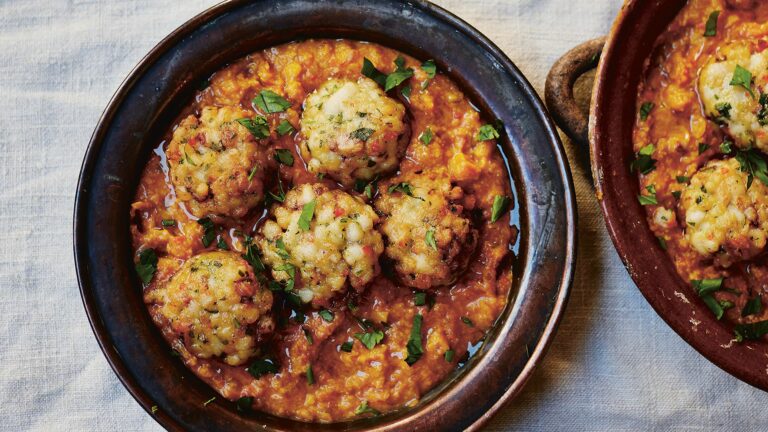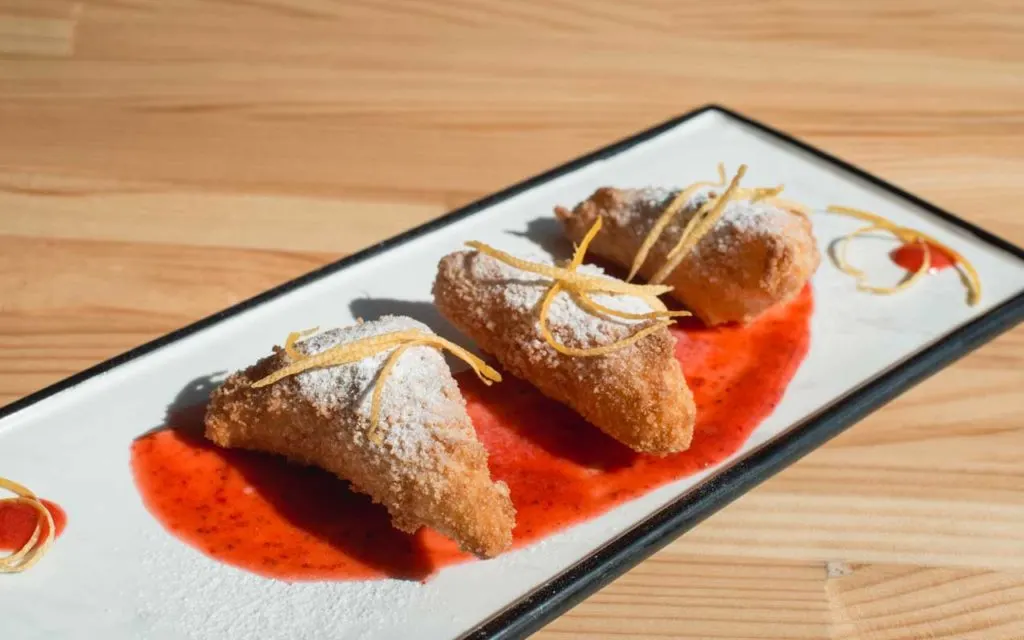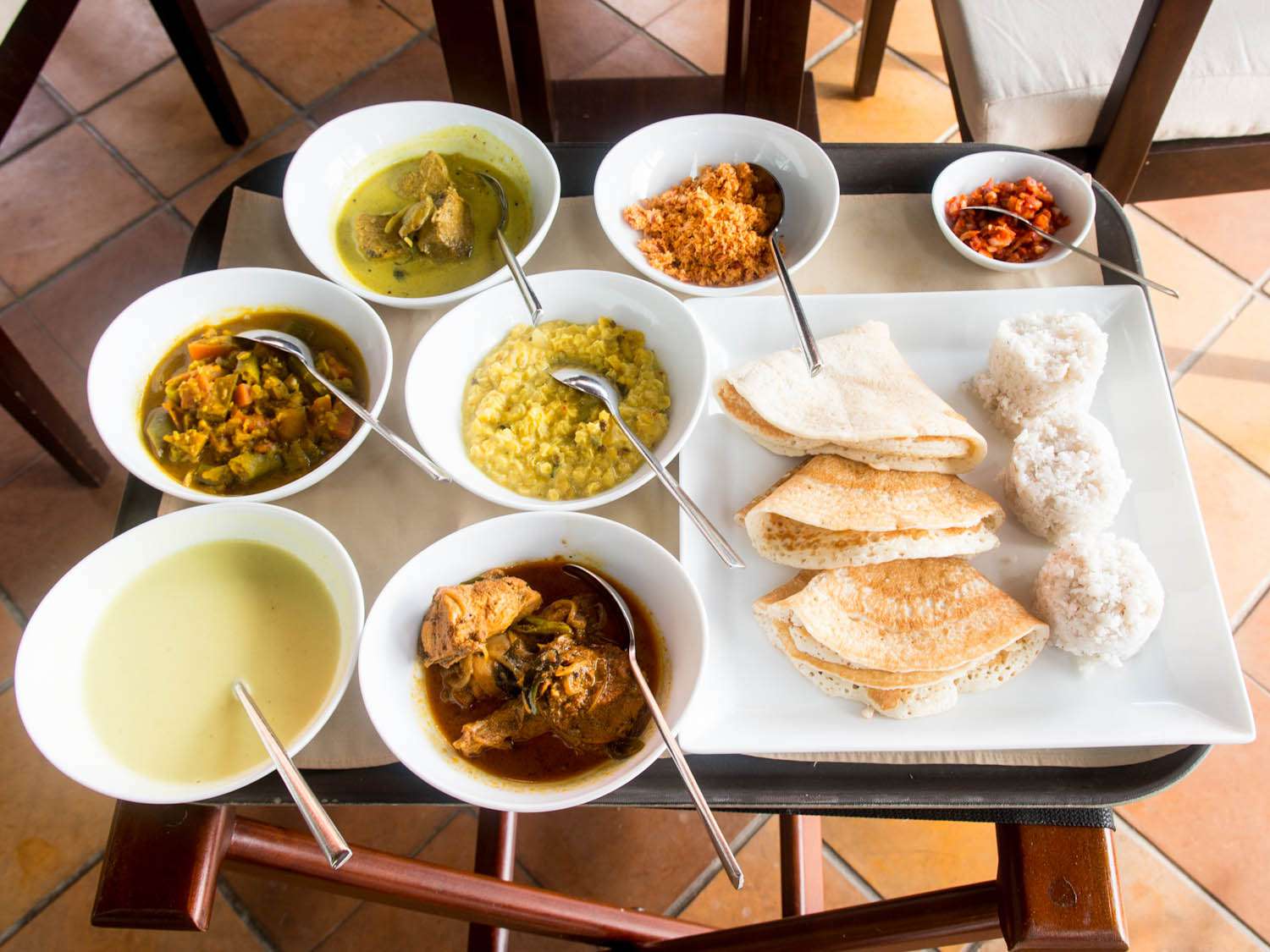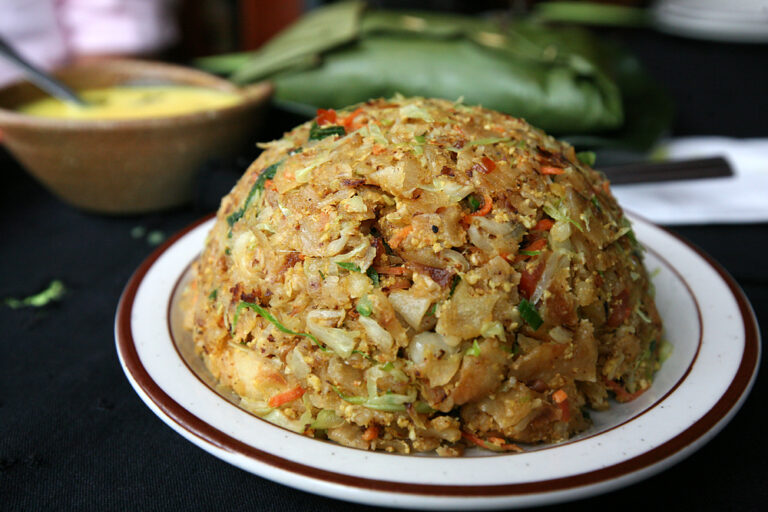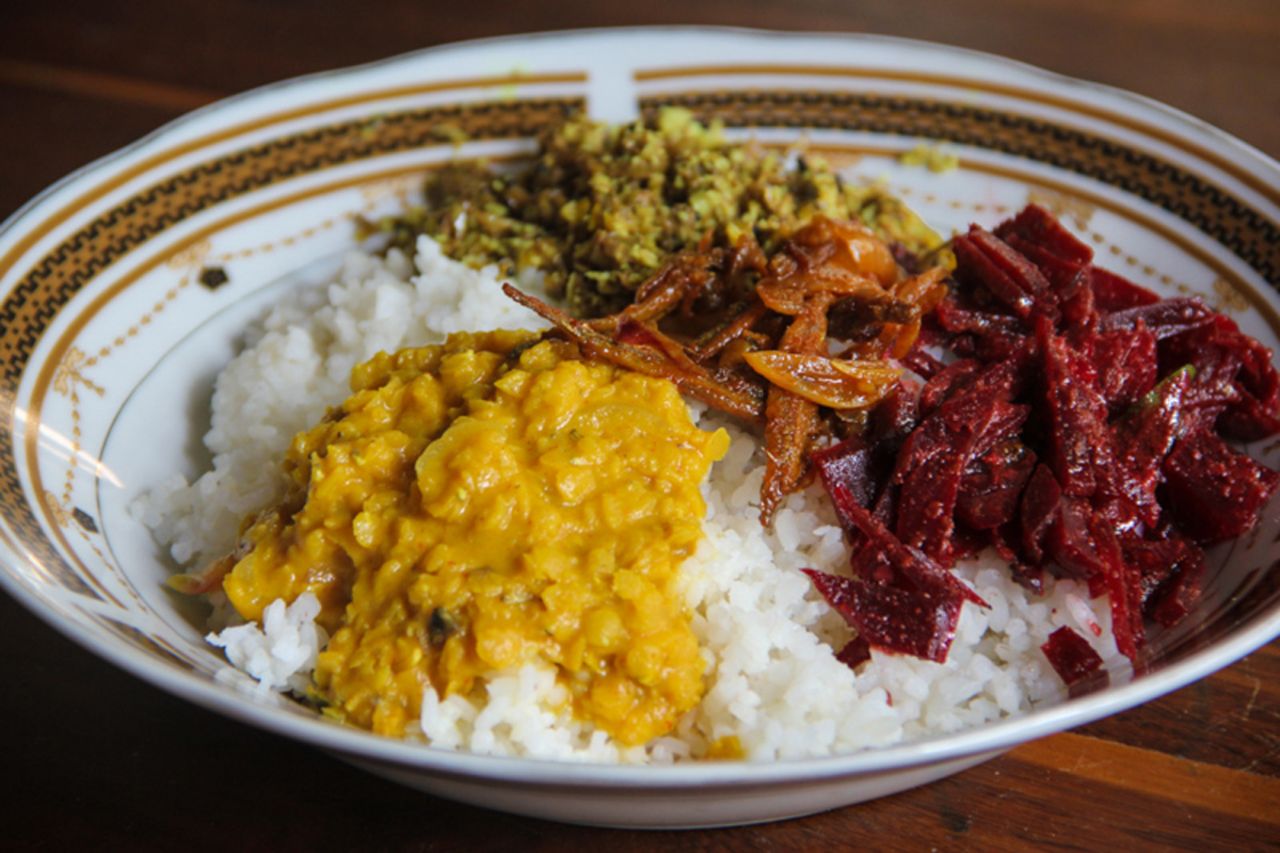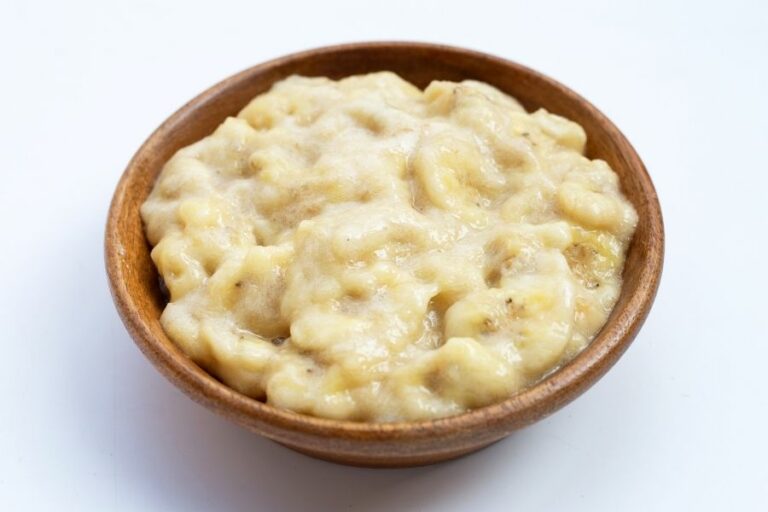Introduction: Spanish Food Markets and Stalls
Spain is a country that is renowned for its delicious food. From paella to churros, Spanish cuisine is a true delight for food lovers. In addition to the country’s incredible restaurants, there are also many famous food markets and food stalls that offer a wide variety of mouth-watering dishes. These markets and stalls not only offer delicious food, but also provide an opportunity for travelers to experience the local culture and customs.
Mercado de San Miguel: A Foodie’s Dream
Located in the heart of Madrid, Mercado de San Miguel is a must-visit for any food enthusiast. This historic market offers a wide variety of traditional Spanish dishes, including jamón ibérico, oysters, and croquettes. The market’s beautiful glass structure is a sight to behold, and the bustling atmosphere is a true reflection of the vibrant city of Madrid. Whether you are looking for a quick snack or a full meal, Mercado de San Miguel is the perfect destination.
La Boqueria: A Colorful Market in Barcelona
La Boqueria is one of the most famous food markets in the world, and for good reason. Located in the heart of Barcelona, this market offers an incredible selection of fresh produce, seafood, and meats. The market is also home to many food stalls that offer traditional Spanish dishes, such as paella and empanadas. The vibrant colors and bustling atmosphere make La Boqueria a true feast for the senses.
Mercado Central: Valencia’s Culinary Hub
Mercado Central is the perfect destination for anyone looking to experience the culinary delights of Valencia. This historic market is home to over 300 food stalls, offering everything from fresh produce to traditional Spanish sweets. The market’s impressive architecture is a sight to behold, and the vibrant atmosphere is a reflection of the city’s rich culture. Whether you are looking for a traditional Valencian dish or simply want to browse the market’s many offerings, Mercado Central is a must-visit.
Madrid’s Churros: A Must-Try Street Food
No trip to Spain would be complete without trying Madrid’s famous churros. These fried dough pastries are a beloved street food, typically served with a thick hot chocolate for dipping. There are many food stalls and cafes in Madrid that offer this delicious treat, but Chocolatería San Ginés is perhaps the most famous. This historic cafe has been serving churros and chocolate since 1894, and is a must-visit for anyone with a sweet tooth.
Granada’s Tapas Trail: An Adventure for the Taste Buds
Granada is known for its incredible tapas culture, and the city’s vibrant streets are lined with food stalls and restaurants offering a wide variety of dishes. The best way to experience Granada’s tapas culture is to take a tapas trail, which involves visiting multiple food stalls and restaurants in one evening. This is a great way to try a variety of local dishes, such as patatas bravas and tortilla española, while also experiencing the city’s vibrant nightlife. Whether you are a food lover or simply want to experience the local culture, Granada’s tapas trail is not to be missed.

